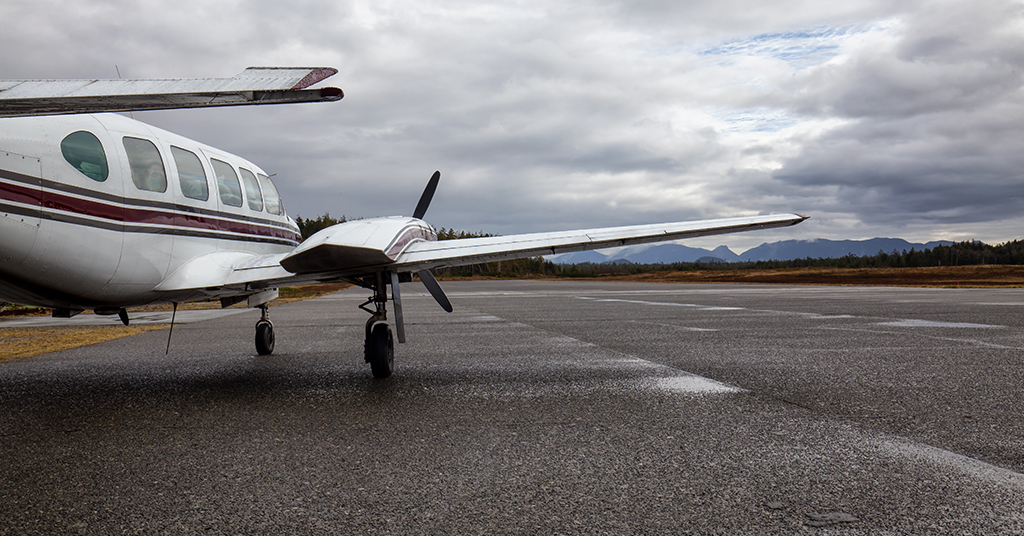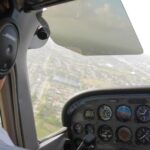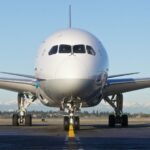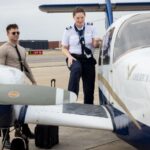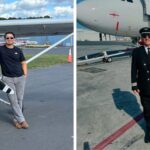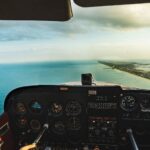By Steven Daun, National Chief Pilot
For the majority of my career in aviation, I’ve noticed that very few companies and instructors like to discuss safety trends. This could be for a few reasons — one being that part of this discussion includes tough subjects like accidents and incidents. Both of which are subjects that nobody likes to discuss for a multitude of reasons.
In the last quarter of each year, several entities publish various statistics regarding aviation safety. Most of these reports include accident and incident statistics. As I was reviewing these statistics, a few things struck me and I felt that it was important to discuss them.
There are over 609,000 certificated and active pilots in the United States. In 2016 alone, there were a total of 1,036 accidents. When you look at the factors involved in these accidents, you find that over 77% of them (771) were considered “personal aviation”. That is, those “nonprofessional” pilots who fly for recreational purposes. Of the remaining 265 accidents, 185 were related to maintenance issues that were, for the most part, outside of the pilots’ control. This leaves 80 accidents that are spread across instruction, business aviation, corporate aviation, aerial observation and public use aviation.
When you dig deeper into the numbers, you find that the majority of the 771 accidents occurred during the daytime in VMC (visual meteorological conditions). Furthermore, most of these pilots (45.6% of them) only had a private pilot license.
One can surmise that there are three primary reasons contributing to these statistics:
- Poor training
- The various rules and procedures were not taken seriously
- Did little or no proficiency training
Many “wannabe pilots” are not aware of the importance of the quality of their training. We live in a disposable society where most people prioritize things being “cheap” without giving much consideration to the quality of these things. This is evident through the number of people that say they will just memorize the knowledge test answers and do not realize the true importance of knowing and understanding the information. We see many people who are looking for the cheapest training or hourly rates. Does this mean that “cheap” means poor training? No, not at all. But, we do caution you to not select a school solely based on price.
For as long as people have been learning to fly, there has always been celebrations based on how few hours they had when they first soloed. If you take a step back and think about this, it doesn’t make sense. The primary focus of a quality training program should be education and preparation. Once you demonstrate that you have the necessary knowledge to safely solo, then it is time to solo. Many schools focus on how quickly they can get you to land an airplane. What good is it if you are capable of landing, but you do not know or understand anything else?
The first 25 hours of your private pilot training (ground and flight) are perhaps the most important hours that you will ever receive. This is the time where you learn the basic concepts of flying that provide you with a solid foundation on which to build your experience and future licenses.
There are, and perhaps always will be, a certain group of people who do not take things seriously. They believe that the rules and procedures are meant for everyone besides them, and that their skills and abilities are superior to that of the average pilot. In reviewing the data, this is where we find that most of the 771 accidents. There is a saying in aviation that can be summed up as the 6 “P’s”: “Piss Poor Planning Yields Piss Poor Performance”. Failure to obtain a proper briefing, failure to properly preflight your aircraft, failure to calculate your weight and balance, failure to calculate aircraft performance, failure to do proper flight planning. These makeup only a few of the 6 “P’s”.
When reviewing the root causes of many of these accidents, you find that the pilot failed to do or complete more than one of the items above. Any sane person has to ask why. I’m sure if you go back and speak with these pilots, they will tell you that they knew better but didn’t do what they should have done. The most problematic part of those types of statements is that the passengers who are flying with them didn’t know any better and most importantly, trusted them.
Society tends to look at small general aviation airplanes as if they’re some sort of toy. They’re so small and light so, therefore, they must be easy to fly! Just like a car, open the door, hop in, start it up and drive. The lack of seriousness in some cases also contributes to these accidents. A beautiful sunny day with no wind to some causes some people to think that they don’t need to do all of the proper planning. They cut corners, take shortcuts and it catches up to them.
The third item that we need to look at is proficiency. Webster’s defines proficient as “well-advanced or competent in any art, science or subject; skilled”. In aviation, proficiency comes in many different forms. These include working on your next certificate or rating, conducting proper flight reviews or instrument proficiency checks, scheduling regular simulator sessions to maintain or enhance your skills or simply working with an instructor on a regular basis to maintain your proficiency.
Most airlines in the U.S. require their crews to go through recurrent training every 6 months. The FAA requires that all 141 flight schools conduct regular training and annual proficiency checks. Most corporate or business flight departments require their pilots to undergo regular recurrent or proficiency training. Fortunately, most Private Pilots do seek to maintain their currency and proficiency. They see the value and importance of conducting safe flight and sticking to the rules and procedures.
There will always be a group of people who won’t follow the rules regardless of how much you plead with them. For everyone else, there is very good news. If you are not a professional pilot and want to maintain your proficiency and currency, there are many ways to do this.
The first way is to find a reputable school (or instructor) and set up a regular training schedule whether it is monthly, bi-monthly or semi-annually. It doesn’t matter, as long as you are doing something to make yourself a better pilot.
Another resource that is available to all pilots is the FAA’s guide to conducting an effective flight review. This includes the instrument proficiency check. Reviewing this document will give you an idea of most of the areas that are included in the discussion of currency and proficiency.
If you aren’t sure where to go or what your next step should be, please contact our National Support Team. We will guide you through this process based on your needs and objectives.




